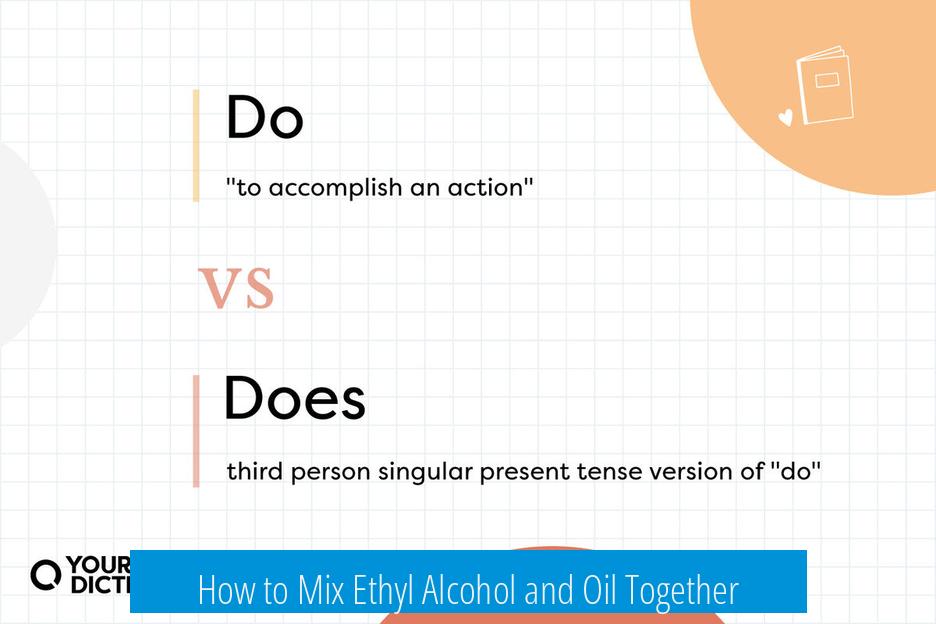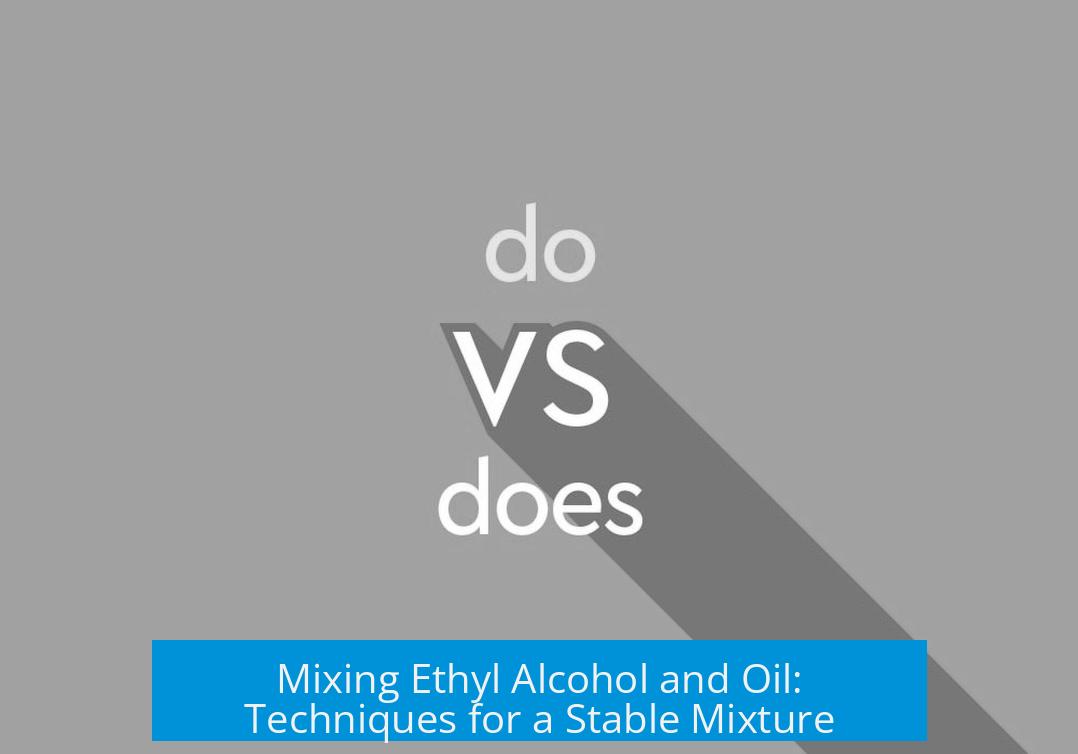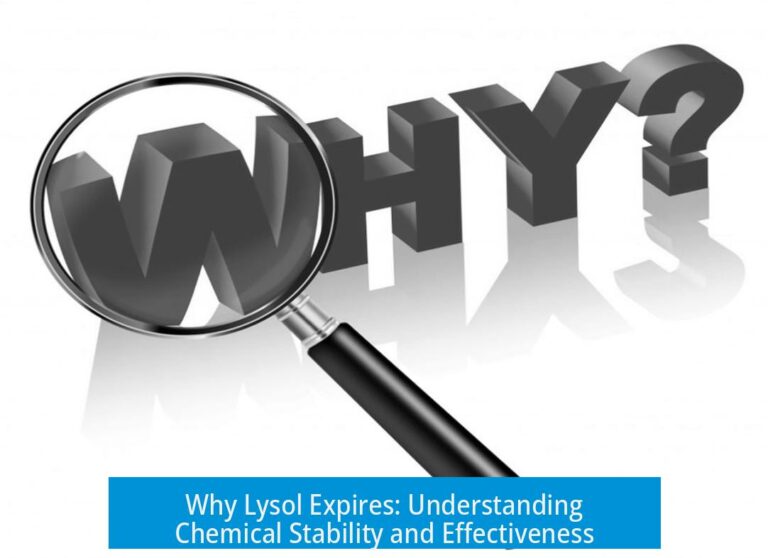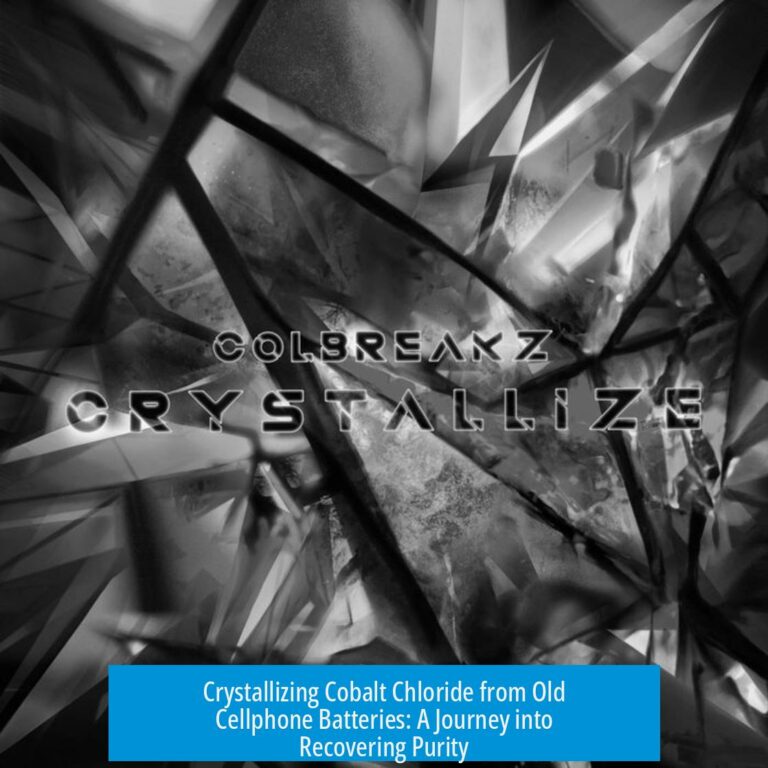How to Mix Ethyl Alcohol and Oil Together

Mixing ethyl alcohol and oil directly is challenging because of their differing polarities. To combine them effectively, one must use emulsifiers, suitable solvents, or specific mixing techniques to stabilize the mixture.
Why Ethyl Alcohol and Oil Don’t Mix Easily
Ethyl alcohol (ethanol) is polar, while oils are non-polar. This polarity difference causes separation. Simply shaking or stirring will not blend them into a stable mixture.
Using Emulsifiers to Stabilize the Mixture
Emulsifiers help bridge polar and non-polar substances. Common emulsifiers like Polysorbate 20 and glycerol stearate are effective. They create stable suspensions by surrounding oil droplets and preventing separation.
- Polysorbate 20: Frequently used in cosmetics; readily available.
- Glycerol stearate: Forms smooth emulsions with alcohol and oil.
Aiding Dissolution with Additional Solvents
Adding solvents that are more compatible with both substances can improve mixing.
| Solvent | Role | Notes |
|---|---|---|
| Dipropylene glycol | Helps dissolve oils with alcohol | Common in perfumery blends |
| Benzyl alcohol | Solvent and preservative | Has a light aroma, may affect scent |
| Isopropyl alcohol | Enhances solubility | Effective but alters properties |
| Acetone | Strong solvent | Use cautiously; volatile and strong smell |
Using Specialized Alcohols
Perfumers alcohol often contains additives like monopropylene glycol that prevent phase separation. Using perfumers alcohol instead of pure ethyl alcohol can yield a homogeneous mixture without complex emulsification.
Mechanical Mixing Techniques
Blending with a high-speed mixer or blender for an extended time promotes better dispersion. Allowing the mixture to rest for days while periodically stirring can improve uniformity.
Considering Ethanol Quality and Oil Type
Successful mixing depends on ethanol purity and oil characteristics. Ethanol with lower water content (>95%) dissolves oils better. Also, ensure essential oils are pure and not diluted with carrier oils, which affects solubility.
Summary of Key Points
- Use emulsifiers like Polysorbate 20 to stabilize alcohol-oil mixtures.
- Add solvents such as dipropylene glycol or benzyl alcohol to aid dissolution.
- Perfumers alcohol contains additives that prevent separation and may simplify mixing.
- Mechanical blending and resting time improve mixture homogeneity.
- High-purity ethanol and pure oils enhance solubility and stability.





Leave a Comment